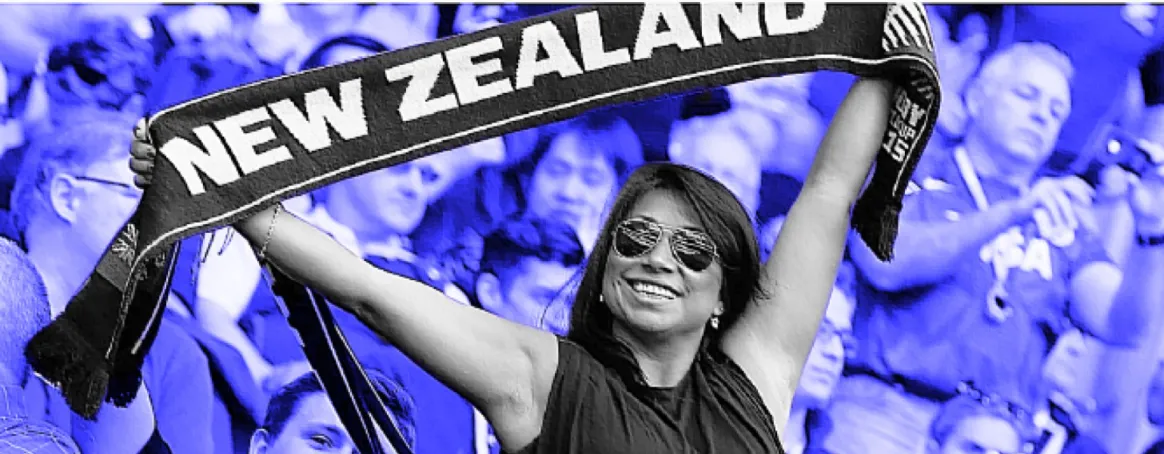Table of Contents
Tom O’Connor
MNZM, JP.
SEPARATISM
This is the third of a series of articles on inter-ethnic relationships in New Zealand in the early 21st century and the development of an informal duality of citizenship, the acceptance of that duality by community leaders and the long-term potential for dis-harmony.
An observation in cultural identity and social cohesion.
Celebrating the differences
There are many stories, some real, some myth, about the activities of early education authorities who tried, and failed, to turn young Maori into adult Pakeha. They were not the first to make the attempt and New Zealand is not the only country where such attempts were made. Australia made similar attempts with tragic results as recently as the 1960s.
Early Christian missionaries made immense inroads into traditional Maori philosophies and lifestyle, unravelling the very fabric of Maori society and attempting to mend the holes with their own archaic and largely failed religious beliefs. While educationalists have turned away from such arrogance, and in the opinion of some, have swung the pendulum too far by introducing an artificial Maori cultural component into schools, many churches still follow the steps of their forebears, often with terrible results.
Even more bizarre is the recent adoption by a growing number of central and local government bodies that there must be a Maori cultural component included in almost every event or official gathering. A few badly pronounced phrases, learned by rote with minimal understanding and the repetition of Christian missionary prayers of the 1850s poorly translated into Maori pass as Maori culture. This sycophantic attempt at appeasement can be both demeaning to Maori and offensive to Pakeha, although few will admit it.
These policies failed in the past because Pakeha and Maori New Zealanders, for all their commonality, are separate people in their own right and should be left alone to be as separate as they choose. They most certainly should not be coerced or persuaded to live like each other or mimic each other. They live in peaceful harmony and happy co-existence, intermingling at their own comfort level and separating where and when they choose to. This more recent development will eventually attract open derision and contempt. They can only ever be equals in all things regardless of attempts to legislate otherwise.
What is The Treaty of Waitangi?
Much has been written and said about the 1840 Treaty of Waitangi and its influence on New Zealand today. Without going over too much of that issue it can reasonably be assumed that the treaty opened the way for the establishment of British law and the Westminster parliamentary style of executive rule in New Zealand. From that system has evolved the New Zealand legal system and statutes, which govern the country today; a system that, in theory, is supposed to treat all people equally and reflect the cornerstones of British law.
In essence, the treaty conveyed the rights and obligations of British subjects, via the instrument of British law, on all New Zealanders Maori and non-Maori alike and ceded the power of Sovereignty to Britain. There is a body of Maori opinion that says the treaty was only ever intended to bring the rule of British law to New Zealand to control British subjects living here, leaving Maori to take care of their own people under their own rules. Although that argument has some genuine validity, that all people in New Zealand became British subjects whether they wanted to be or not, understood it or even cared one way or the other, is without question.
Also without question is the systematic, deliberate and cynical dishonesty with which Maori people were denied their rights as British subjects by officials and authorities for most of the century and half which followed. Unimaginably huge tracts of land were simply stolen under a range of official but illegal and morally wrong instruments including armed invasion. As various governments attempted to address these very real issues over the years a number of flawed concepts have been generated.
The first was that the treaty was a mere nullity which was of course simply incorrect. The most recent, and incidentally one of the few without any basis in logic or history are the so-called Principles of the Treaty of Waitangi. These principles are not written into law nor were they included in the original treaty.
While they are an honest attempt to interpret the treaty for modern day New Zealand, they introduce a whole range of new concepts, rights and obligations never envisaged or intended by the original parties to the treaty. There is a very real danger that attempts to apply these unwritten principles will create a whole new set of injustices for non-Maori New Zealanders.
In reality one of the most important principles of the Treaty of Waitangi was the right to own property either collectively or privately free from the interference of the State, with exceptions in national emergency or war. That principle was established by the Magna Carter in 1215, encapsulated in British law in 1582, and simply repeated in Article Two of the Treaty of Waitangi of 1840; it should apply to all New Zealanders equally.
The right of Maori to own land and resources is a common law right, established in New Zealand by the Treaty of Waitangi when British law was introduced, as well as a “treaty right” which was simply the vehicle by which British law was established. A right they have been denied many times. Many traditions were outlawed and many unjust restrictions were placed on a free-living people. Some of these are still applied to Maori tribal land and activities today. It is important for lawmakers to understand that Pakeha native New Zealanders have not inherited culpability for those injustices.
To be continued…







